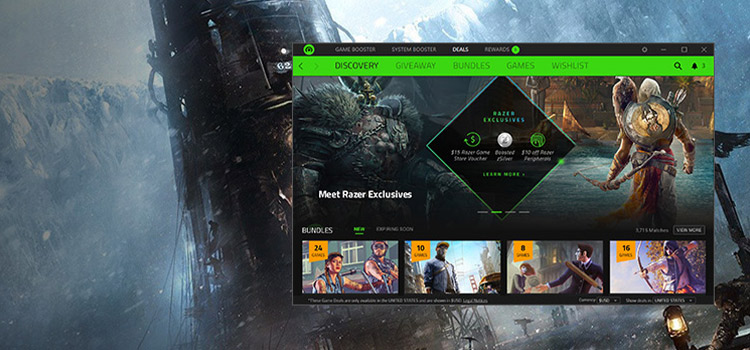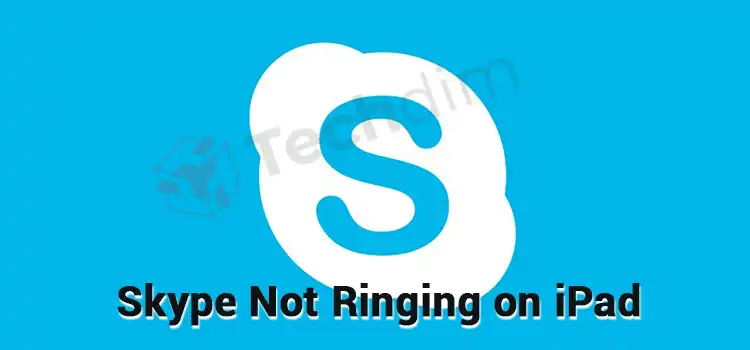Why You Should Stick To Minimalism In Web Development
Minimalism in web design has become a real trend over the past few years. It is characterized by conciseness, simplicity, precision, and clarity of composition. What else do you need for a convenient and attractive site? A simple design, created using a minimum number of visual elements, focuses the attention of visitors on the very essence, the target action. And from an aesthetic point of view, it has a special appeal. If you are interested in minimalist design and are looking for a SaaS UI/UX Design Agency in San Francisco, this article is for you. You will learn about the features of minimalist design.

The Basic Concept of Minimalism in UI/UX Design
The main point of minimalism in UI/UX design is to leave only the important part of the object in the visitor’s field of vision. The famous minimalist artist Donald Judd said that the very form, volume, and colors already have their independent value. It is not necessary to perceive them only as an integral part of something else, a whole.
Creating a website in the style of minimalism, you can go in two ways:
- aesthetics (when a beautiful picture is used to attract attention, but it does not inform the user about the purpose of the site);
- functionality (when important information is visualized in a simple way).
But in both the first and second cases, the emphasis is on the content, and not on the features of its design. Therefore, most often this style is found on resources that represent a product. Due to the absence of unnecessary elements, goods or services come to the fore directly.
Minimalism: Modern Trend In Web Design
Speaking about the main features of this trend, we can distinguish the following principles of minimalism:
- quality is more important than quantity (involves the rejection of unnecessary details, and the use of only the most necessary elements);
- the absence of unnecessary content (it is worth leaving only what is functionally important for a specific type of site, for example, a corporate version requires an emphasis on the brand);
- the meaning is in the details (each element has its own important purpose);
- the importance of color (the whole palette is used, not just gray-white, and black colors, as many people think);
- free space (enough free space allows you to better view all the elements of the site).
How to Create a Minimalistic Website Design?
Using a simple style to create websites is the most common practice among designers. Based on the above principles, in order to develop a minimalistic design, you need to follow the following rules:
1. Focus on important content: The simplicity of the interface involves removing everything superfluous from the site. If an element does not carry any semantic load or does not help to complete any task, it is unnecessary and can be safely removed. Thus, the designer seems to be able to control the visitor’s gaze, determining what exactly he will pay attention to. And these are not decorative elements, but the content itself.
The laconic design of the site allows you to quickly find the information you need and get an idea about the product. At the same time, it is important not to overdo it, and not to remove the really important elements, which will make it difficult to complete the main tasks.
2. Negative (blank) space: It is often used to emphasize the content of the page: In Japanese culture, it is even customary to use such a space to emphasize the value of objects. This makes it possible to consider each element separately since it is at a certain distance from the rest.
Even though such a space is usually called “white”, this does not mean at all that it is supposed to use an exceptional white background in the direction of minimalism. The site can be of any color scheme or combinations thereof that fit into the design concept.
3. Visual characteristics of the resource: It is also worth paying attention to the visual characteristics of the resource. There is no need to use 3D effects, shadows, and gradients here, it is better to give preference to flat structures. This applies to everything: from the design of fonts to icons.
Images create a special atmosphere. However, they must also comply with all the principles of minimalism, otherwise, all work on the design will come to naught.
Developers usually limit themselves to the color palette, as too bright a color can distract the viewer from the main content. In this case, one or a maximum of two colors per site is more often used. Minimalism involves “pure” colors. In this case, an important condition is the presence of good contrast between the image and the background.
4. Simple and concise composition: The position of the elements matters. Therefore, often designers use a modular grid to align all the details along it. However, some also use the chaotic arrangement of objects.
If you open the Internet and look at examples of minimalist work, you will be surprised how many famous brands use it, and how different works can be. This technique is perfect for creating portfolios and landing pages.
Benefits of Minimalism In Website Design
If the previously popular web brutalism was characterized by messy layouts and clumsy patterns, then minimalism can be called it’s complete opposite. Users love this style because of the many benefits:
- high page loading speed due to the lack of unnecessary elements and site congestion;
- the right accents that help you immediately pay attention to the main thing;
- simple and understandable structure, accessible to any user;
- stylish, neat, and beautiful design.
Conclusion
The simplicity and conciseness of a minimalist design help users quickly navigate and interact with a website. Fewer elements, more logical organization, and clarity of information make a website more user-friendly and enjoyable to use. If you want to design a website or application and are looking for a SaaS UI/UX Design Agency in San Francisco, we recommend that you contact Dworkz.
Subscribe to our newsletter
& plug into
the world of technology





